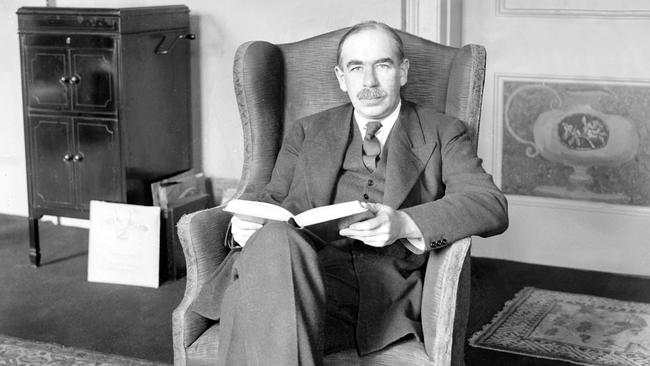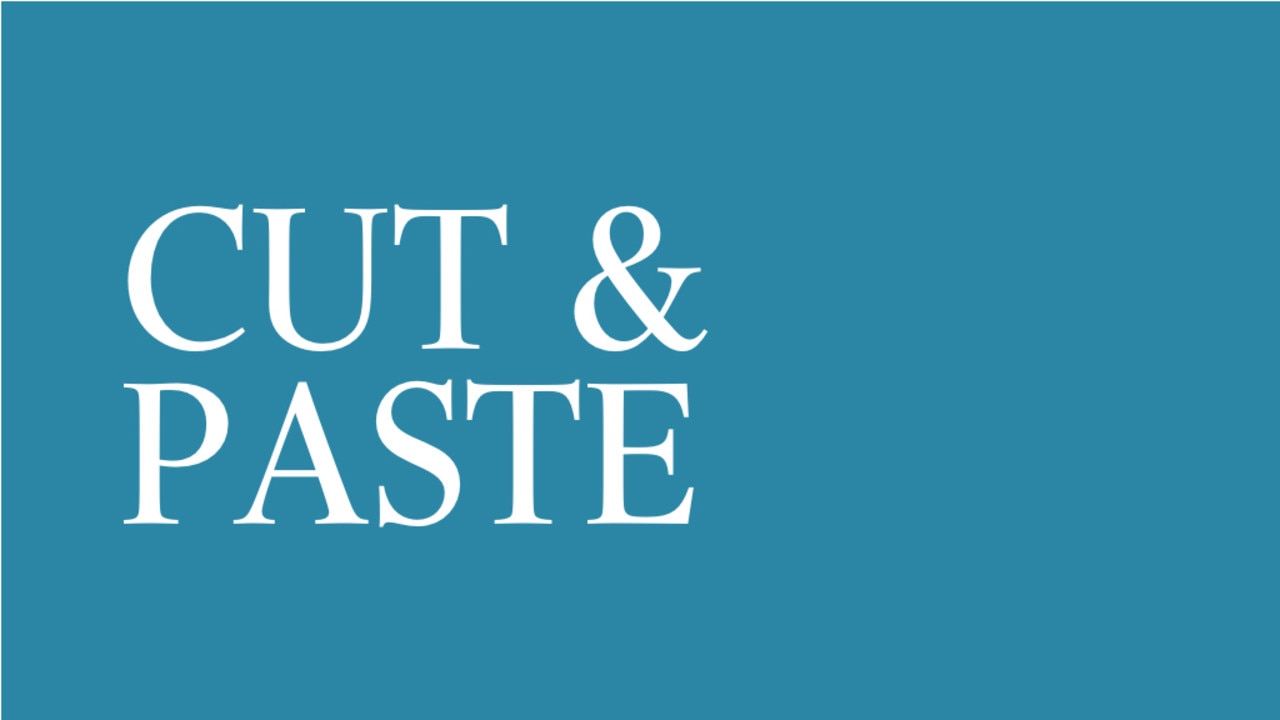It’s 1931 and the nation’s premiers have a radical plan – if only things had gone to plan

More than a million Australians could be forced on to welfare by lockdowns to combat the coronavirus, which Scott Morrison warned had plunged the country into an economic crisis not experienced since the Great Depression.
John Maynard Keynes, show us the way. Let’s spend our way out of here. Scott Morrison and Josh Frydenberg, Sunday:
The commonwealth government has today released the second stage of its economic plan to cushion the economic impact of the coronavirus and help build a bridge to recovery. A total of $189bn is being injected into the economy by all arms of government in order to keep Australians in work and businesses in business.
When Wall Street crashed, US president Herbert Hoover started spending too. The New York Times, November 24, 1929:
The outstanding development today in President Hoover’s endeavours to bring about the co-operation of all interests, governmental and private, in forestalling a recession in business, because of the … stockmarket decline, was an appeal sent to the governors of the 48 states asking them … to speed up necessary construction work, thus absorbing any unemployment and contributing to the maintenance of the nation’s consuming power.
Australia took a different tack. Museum of Sydney website, Tuesday:
Adding to economic woes, in May 1931 the federal Labor government and six state premiers agreed to a 20% reduction in government expenditure, cuts to wages and pensions, and increased taxation.
Swinburne University’s Inside Story website, October 20, 2008:
The deflationary policies of the Premiers’ Plan were to have a profound effect on … the lives of many thousands of Australians … There was a palpable sense of crisis throughout Australian society. There were increasing numbers of homeless and unemployed.
And sometimes our belts were tightened for us. The Sydney Morning Herald, October 26, 1930:
By majority judgment the Industrial Commission yesterday determined the general living wage for a man and wife without children at £3/2/ a week, a reduction of 12/6 a week on the existing rate.
Wall Street fell off a cliff. Seems Australia pushed itself off. Economist David Gruen, Colin Clark Memorial Lecture, Brisbane, November 11, 2009:
Australia recorded one of the highest rates of unemployment in the world during the Great Depression. Before its onset, unemployment in Australia was already at 7 per cent in 1929. It reached 10 per cent in 1930 and peaked at 19.75 per cent two years later.
Out-of-work Australians turned to poetry and songs. Herb Green’s The Depression:
(The parson) he says we should grumble never
That the Lord’s looking down from on high
He says “It can’t last forever”
No. Someday we’ll flamin’ well die!
In the end we shopped ourselves back to the boom times. The Sun News-Pictorial, December 20, 1932:
The first £100,000 has already been spent on Christmas presents in Melbourne, and no one knows what the total will be by the end of the week. The great depression bubble has burst, and city shops are crowded with buyers.


We’ve been here before. The Australian, Tuesday: